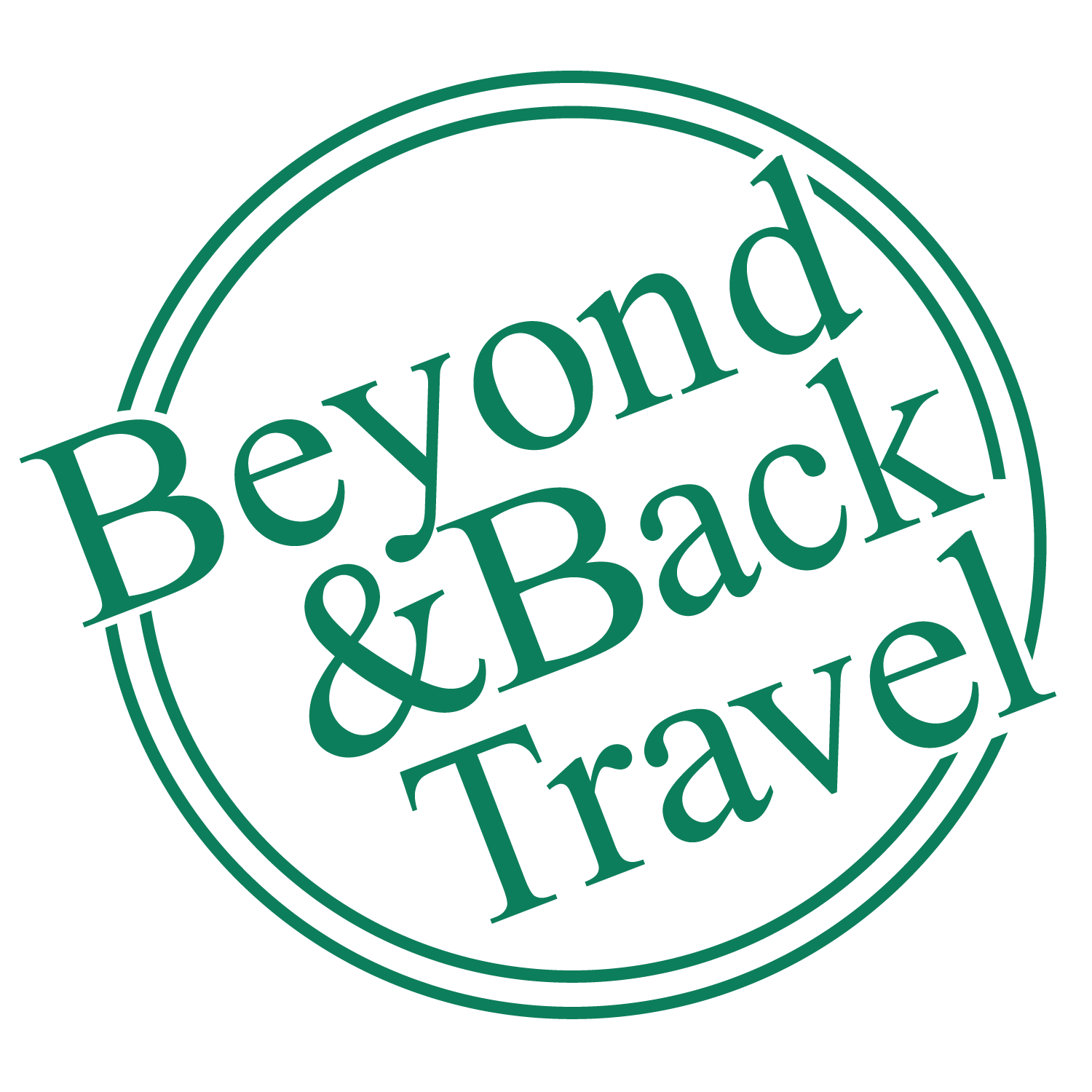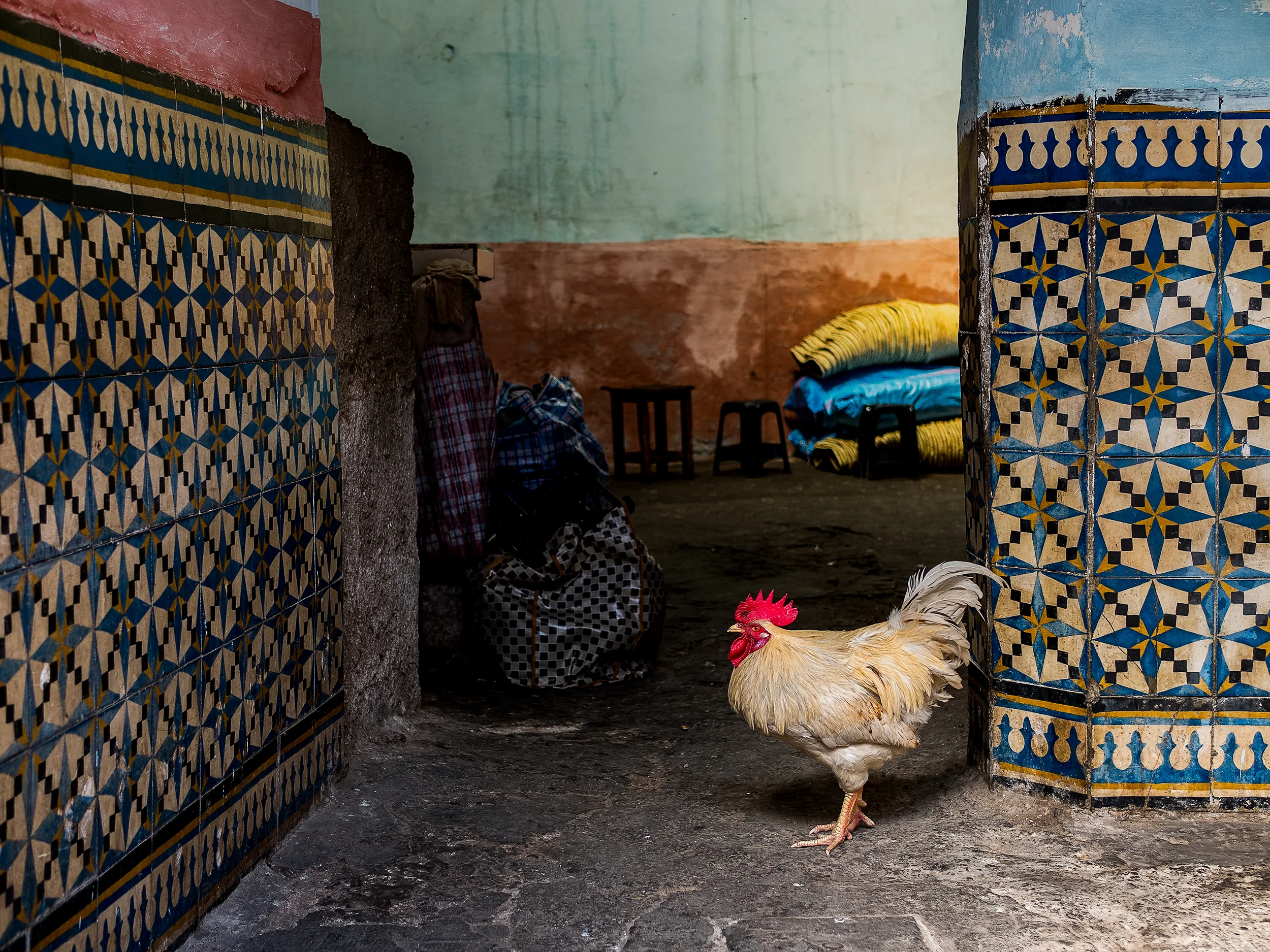Morocco
Morocco’s distinctive landscapes and enduring cultural heritage offer an enticing journey into the heart of North Africa.
Part of Africa yet markedly different, Morocco is a fascinating study in contrasts. Old world medinas with noisy, narrow, winding lanes vie for attention with fashionable cafés, boutique shops and modern city centers. Sophisticated coastal cities such as Casablanca and Rabat boast an abundance of long white beaches, picturesque rocky coves and classic resorts. The imperial cities of Meknes and Fes showcase fine examples of Islamic architecture and tradition. Inland cities are warm and exotic, set among hills and palm groves. The rugged, snow-capped Atlas Mountains stretch 2,414 kilometers/1,500 miles through Morocco and beyond.
Berber tribes have lived in the region for thousands of years, and were first mentioned in the writings of ancient Egyptians. Morocco’s fascinating oases have engendered many tales, and encompass old villages and long-established palm groves. The location of oases has been historically vital to trade and transportation routes through the desert. Old villages such as Aït-Benhaddou, a UNESCO World Heritage Site, still serve as strongholds that protect Berber lifestyle, culture, music and art.
The country is also rich in Jewish heritage, with the first migration into this area coming after the destruction of the Second Temple in Jerusalem; a second wave arrived from the Iberian Peninsula in the period immediately preceding and following the 1492 Alhambra Decree, when Jews were expelled from the kingdoms of Spain and Portugal. At its peak in the 1940s, Morocco’s Jewish population exceeded 250,000 people. Jewish heritage is seen throughout the country from the Mellah and Roben Ben Sadoun Synagogue in Fes to the coastal town of Safi, known as Little Jerusalem. Like the intricate design of a Berber rug, Morocco weaves a spell that lasts a lifetime.
From Big Five Tours







